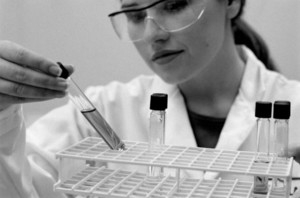As reported by Gene Quinn on IPWatchdog.com, for many months we have been hearing about the US government attempts to “reform” health care in the United States, and in the first weekend of December 2009 the US Senate was actually working, as the contentious debate continues. Even a relatively rare Presidential visit to Capitol Hill was scheduled for the afternoon of 6 December 2009, presumably so President Obama can rally the troops for whatever lies ahead. While patent policy has not taken centre stage in these debates, it is hard to ignore the under current that rages through the debates. Health care costs too much, so costs need to be contained. Of course, market initiatives like a national heath insurance market, which would lower premiums for everyone overnight, are not being considered.
- INICIO
-
Genéricos
Novedades
- FDA approves generic teriparatide and levetiracetam
- US generics launch and approval for Dr Reddy’s and Lupin
- Five Chinese companies join UN’s MPP for Covid-19 medicines
- South Korean companies to make generic Bridion and COVID-19 drugs
Investigación
- Japan’s drug shortage crisis: challenges and policy solutions
- Saudi FDA drug approvals and GMP inspections: trend analysis
- Generic medications in the Lebanese community: understanding and public perception
- Community pharmacists’ understanding of generic and biosimilar drugs: Lebanon case study
General
- Crecimiento de medicamentos genéricos en Brasil y Venezuela
- EMA launches European shortages monitoring platform to tackle persistent medicine shortages
- Penetración de los medicamentos genéricos en México y Brasil
- FDA releases one-year progress report for the Generic Drug Cluster
-
Biosimilares
Novedades
- FDA approves aflibercept biosimilar Eydenzelt and label expansion for adalimumab biosimilar Yuflyma
- ANVISA aprueba cuatro biosimilares para denosumab, trastuzumab y aflibercept
- Biosimilars referencing Amgen’s Neulasta and Neupogen launch in Canada and US
- La EMA recomienda la aprobación de nueve biosimilares
- MORE EDITORIAL SECTIONS
- Search








 0
0










Post your comment